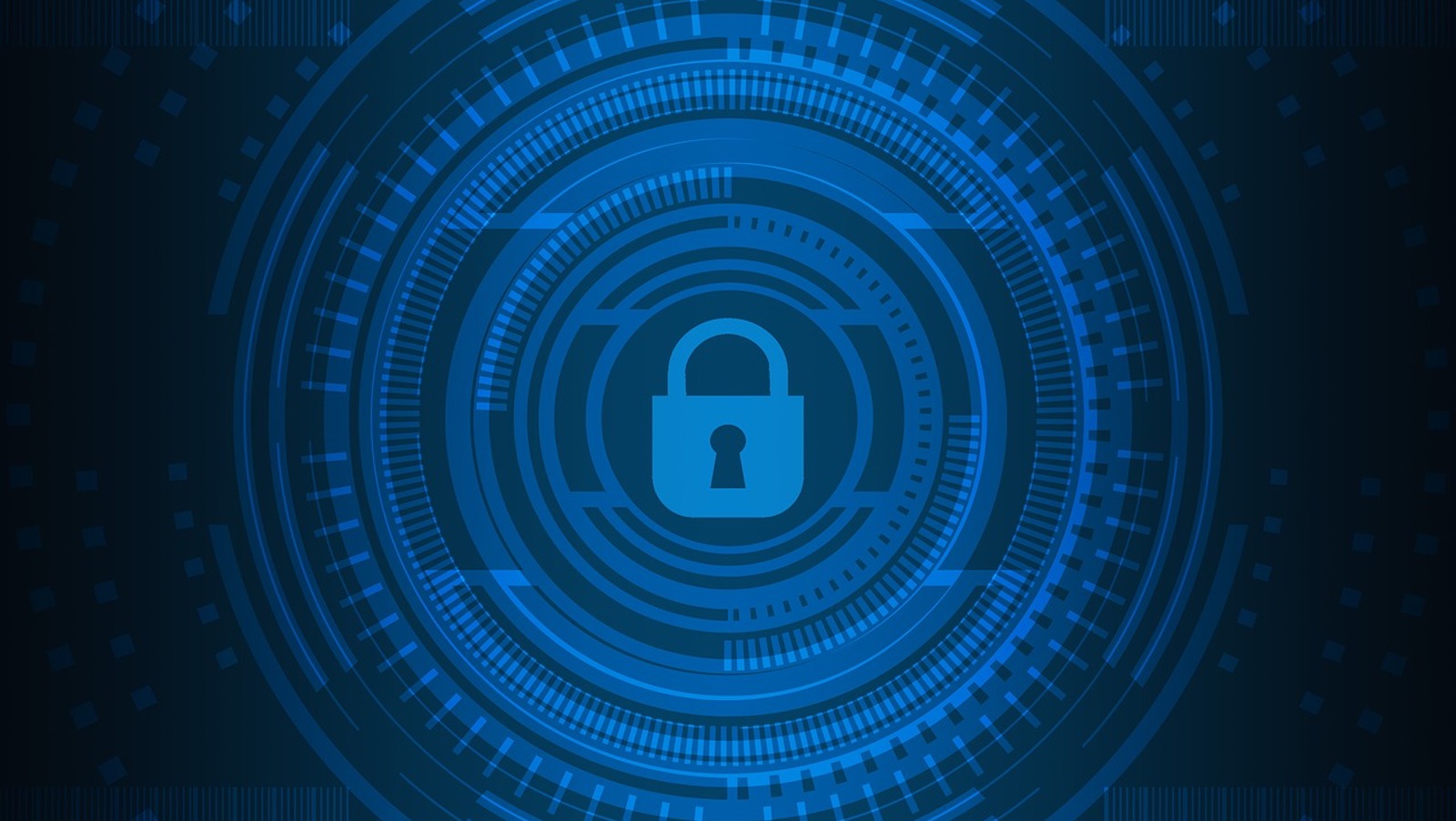Not long ago, ESG (environmental, social, governance) risks would have been missing on most chief risk officers' (CROs) radar screens. It's true that CROs in certain industries have been managing environmental risks for many years due the nature of their companies’ products or processes. However, the concept of ESG, including DEI (diversity, equity, inclusion), as a conjoined corporate imperative is relatively new.
As ESG gained support and momentum, CROs and others saw the one risk that seemed to be evident: not implementing some ESG protocol. The passing of time has revealed a whole new set of risks that CROs need to help their companies realize and manage.
Not Meeting Established Goals
More and more companies are disclosing their specific goals relative to ESG just as they do their growth and earnings estimates. One of the big differences behind these two sorts of goals is that companies have a lot of historical and trend data to draw on when setting financial goals but do not have an equal amount of data when setting ESG goals. Another difference is that some ESG goals are being set because outside organizations are forcing specific numeric and timetable goals to be adopted by companies rather than companies setting their own realistic goals.
Thus, the risk of not meeting publicly stated goals is significant. That risk translates into other categories of risk not the least of which is reputational risk. Failure to meet ESG goals can lead to investor dissatisfaction, regulatory scrutiny, shaken consumer loyalty and reduced sales, among other outcomes.
Greenwashing
Further, if the effort to meet the goals is deemed deliberately insufficient or nonexistent, it could lead to charges of greenwashing with penalties attached. The FTC (Federal Trade Commission) has levied fines on companies that misled consumers with false advertising/marketing regarding how environmentally friendly its products are. The SEC has fined or investigated banks that misled customers regarding “green” investment funds that turned out not to be so “green.”
Given the public interest and the oversight of regulatory agencies being so keen on the topic of ESG, greenwashing risk is very real and significant for companies that only wish to give the appearance of fulfilling ESG principles.
Unintended Consequences
Almost any major action a company takes can have unintended consequences, and the more innovative or previously untried actions can easily incur negative unintended consequences. Consider a company that steps up its corporate giving to community minded nonprofits only to have nonprofits that have not been chosen to get contributions complain or sue on the basis of discrimination or conflicts of interest. The company could also have its customers turn against it because they recognize that corporate giving usually means higher prices for them. The company in this example expected to be lauded for its giving but got negative reactions instead.
Next, consider a company that wants to strengthen its governance by broadening the group of individuals involved in vetting a product launch and winds up increasing the time to market by one year. The company in this example may have overdone the vetting process and allowed its competition to have first mover advantage by launching a competing product ahead of it.
Negative unintended consequences tend to be surprises for which management is unprepared and which greatly upset investors. It is hard to overstate the risks posed by unintended consequences because they can be very costly in so many different ways.
See also: ESG Means 'Extremely Strong Gains'
Expense
Companies know that transformative steps to be more environmentally, socially and governance responsible will likely increase expenses, at least, in the short term. However, the risk that these expenses can ramp up exponentially and become runaway costs always exists. Once down the path of transformative change, it's often impossible to readjust or halt forward movement, even if expenses balloon beyond projection. The risk of unplanned levels of expense can affect profits and all other business practices that depend on profits, e.g., management compensation.
Some ESG-related undertakings that can effectuate increased cost include: 1) moving from a gas-fueled fleet to an electric one, 2) adding staff to handle new ESG initiatives in human resources, operations, internal audit, IT and other functions, 3) making improvements to HVAC systems to reduce dependence on fossil fuels. These may all be worthwhile investments, especially in the long term, but add to budget in the short term. Companies need to understand and plan for the risk of having higher expenses turn into a marketplace disadvantage.
Management Focus
It's no secret that in our increasingly complex world, the attention bandwidth of company management is stretched. Adding a host of goals and protocols at the same time as dealing with new technology, new levels of data detail, new threats and risks, new regulations and reporting requirements can be daunting for managers at all levels. An aggressive adoption of ESG by an already overloaded management team, can diffuse their focus on the business fundamentals that keep the company afloat. Caution and reasonableness need to be applied.
Conclusion
As they work with senior management, functional leaders, the risk committee and risk owners, CROs need to make sure that ESG risks are not ignored but rather are identified and mitigated. These are not risks that can be ignored because they can have wide-ranging repercussions.





















